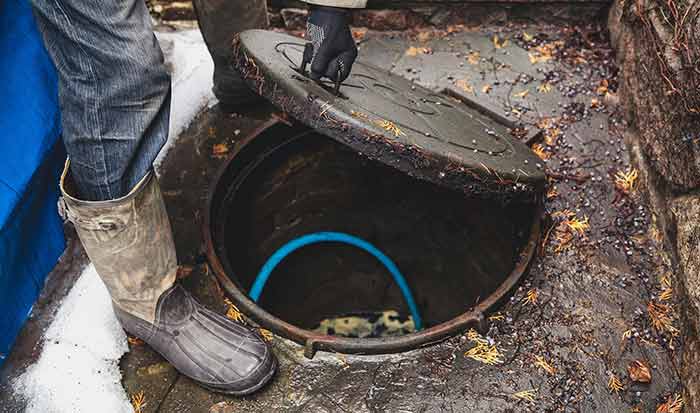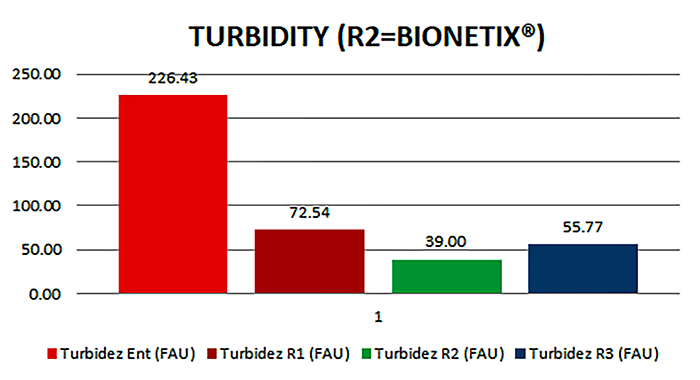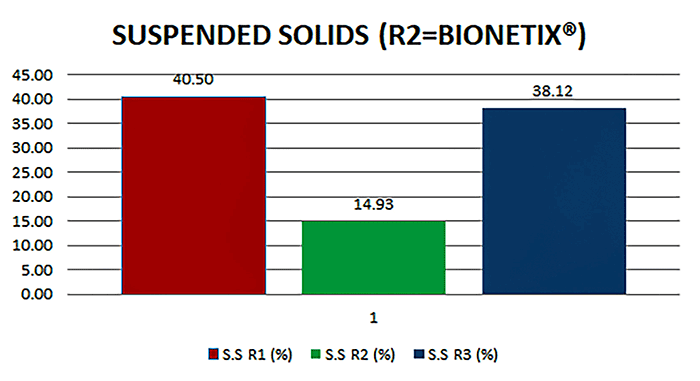Biological method can be used to reduce waste contaminants, clogging and odor problems.
Cortec and Bionetix International
09/11/2019
Industrial waste discharge can be a big problem when contaminants build up on a large scale from clogging pipes and systems, racking up high discharge fees and causing bad odors. Interestingly, natural biological processes can counteract these problems by means of “good” microbes/bacteria that instinctively work to clean out the contaminants in the system. This natural technology is already widely accepted in septic systems and municipal wastewater treatment where secondary digesters, lagoon systems, trickling filter beds and other forms of natural biodegradation are used.
 Image 1. Adding targeted microorganisms and nutrients to sewage has shown promising results for natural contaminant degradation. In addition to helping avoid discharge fees, bioaugmentation also has practical benefits like reducing sludge and odors. (Images courtesy of Cortec/Adobe Stock)
Image 1. Adding targeted microorganisms and nutrients to sewage has shown promising results for natural contaminant degradation. In addition to helping avoid discharge fees, bioaugmentation also has practical benefits like reducing sludge and odors. (Images courtesy of Cortec/Adobe Stock)High Contaminant Concentration
Institutions and industries produce waste on a large scale. This often results in a high concentration of certain types of contaminants depending on the normal activities of the industry. For example, food processing industries release high amounts of fats, oils and greases (FOG) that are more difficult to degrade and can clog a system. To avoid excess discharge, restaurants are often required to install grease traps. However, if these become overloaded, the excess FOG can overflow anyway, and the problem continues. Chemical companies may release excess chemicals in their waste, and high starch processing plants release starch into the wastewater. Image 2. Discharge levels at a Moscow shopping mall before and after bioaugmentation (Chart information courtesy of OOO Kozhuhovskaya-Invest/IB T.A. Kashirskaya.)
Image 2. Discharge levels at a Moscow shopping mall before and after bioaugmentation (Chart information courtesy of OOO Kozhuhovskaya-Invest/IB T.A. Kashirskaya.)The Biological Prescription
Fortunately, industries have some effective natural options to avoid this problem. Microbes are naturally present in the environment and wastewater. As previously mentioned, wastewater lagoon systems, secondary digesters, trickling filter beds and septic systems rely on naturally occurring microorganisms to execute the waste degradation process. This works because microorganisms produce and release enzymes that chop up the contaminants around them into smaller pieces. They then consume those pieces as their “food” source to have the energy necessary for metabolism and reproduction. Like people, microorganisms develop stronger “appetites” for certain contaminants than others. In more technical terms, some microorganisms are better at producing certain enzymes (e.g., lipase for fats, amylase for starch, protease for proteins, etc.) than others. These bacteria can be isolated, cultivated and commercially produced to serve as a natural additive for biodegrading target wastes. Bacteria that are especially good producers of lipase are prime candidates for applications where there will be a lot of FOG—a dairy processing facility or automotive shop, for example. These targeted microorganisms help eat up the contaminants, so they are reduced before the waste is discharged. This helps facilities avoid excess discharge fees, clogging, odors or similar problems.Reducing Contaminants with Bioaugmentation
Many examples exist of how bioaugmentation has been used to quickly and significantly reduce contaminant levels and bad odors. In 2017, a shopping center in Moscow, Russia, decided to use bioaugmentation to reduce the amount of pollutants released in its sewage. The mall had exceeded allowed discharge levels for four pollutant indicators during 2016 (see Image 2). Allowable discharge for FOG was 50 milligrams per liter (mg/L), but average discharge was twice as much at 100 mg/L. Allowable discharge for BOD5 was 300 mg/L, but average discharge was 428 mg/L. At 977 mg/L, the average COD discharge was almost double the allowed discharge of 500 mg/L, and average total suspended solids (TSS) discharge exceeded the allowable rate of 300 mg/L by 84 percent. With this unfortunate record in mind, the shopping center applied a biological microbial-based product to the sewage from April to December 2017. Results improved in just the first month. Following application, all average contaminant levels dropped by approximately 40 to 70 percent. The resulting average level of pollution indicators for 2017 were within the allowed discharge limits, and the user was satisfied with the solution.1 Another situation revolved around the sewage and grease trap problem of a restaurant called the Golden Spur in Ryazan, Russia. The restaurant had frequent problems with blocking, clogging and pungent odors. Two biological products targeted for grease degradation were added to the drain and grease trap, and the process worked.2 Image 3. Turbidity levels after treatment with three bioaugmentation products: R1, R2 and R3.
Image 3. Turbidity levels after treatment with three bioaugmentation products: R1, R2 and R3. Image 4. Suspended solids after treatment with three bioaugmentation products.
Image 4. Suspended solids after treatment with three bioaugmentation products.
